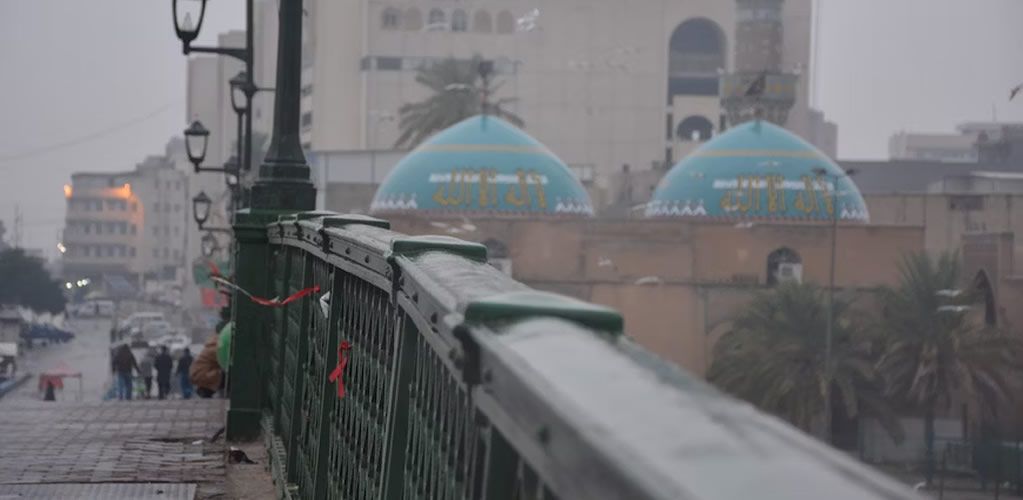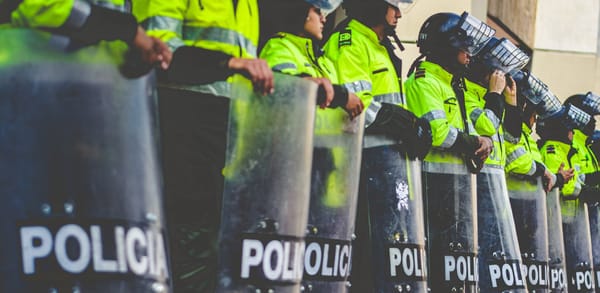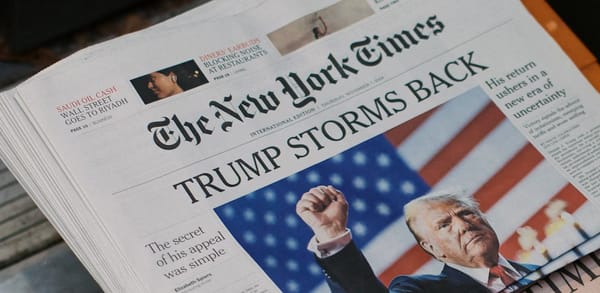20 years on, the false narrative of the Firdos Square Saddam statue toppling
20 years after the iconic toppling of Saddam Hussein’s bronze statue in Iraq, some people now lament the lack of rule of law in the country. Though the toppling was a defining moment in Iraq’s freedom, the state of corruption suggests a different reality.

20 years after the iconic toppling of Saddam Hussein’s bronze statue in Iraq, some people now lament the lack of rule of law in the country. Though the toppling was a defining moment in Iraq’s freedom, the state of corruption suggests a different reality.
O ne of the most interesting comments to emerge from post-Saddam Iraq, 20 years after the 39-foot bronze statue of the great man was toppled in Firdos Square in Baghdad, came from a hairdresser.
Qaiss al-Sharaa, who watched Iraqis and US Marines pull down the statue on April 9, 2003, right in front of his salon in the Square, told Associated Press that while he doesn’t miss Saddam’s rule he does miss “the rule of the law”.
He said the park that now exists in Firdos Square, funded by private banks, is a measure of post-Saddam Iraq’s problems: “This new garden that replaced Saddam’s represents the widespread corruption in Iraq today, underneath the nice greenery and fountains. Families are too scared to take their kids there, because drug dealers hang out there at night”.
Now it’s hardly unusual that a big city has a problem with drug dealing. And while urban no-go zones are both unpleasant and dangerous, they are not particularly shocking. So it’s important not to read too much into Mr al-Sharaa’s lament on the alleged state of Firdos Square, 20 years after Saddam’s regime (and that statue) were toppled.
That said, bringing down the Firdos Square statue was supposed to be a defining moment in the US-led campaign for a new Iraq. Though the statue was just one of many of Saddam, all over Iraq, it stood at a key point in the Iraqi capital — right opposite the hotel occupied by the Western media.
Consequently, when the idea of pulling it down came to be mooted, the statue suddenly became the defining symbol of the US-led Operation Iraqi Freedom. In the glorious fury of its toppling was supposed to have been revealed the real agency of the Iraqi people, an oppressed lot who had (so the narrative went) seized the tools generously handed out by the US coalition to rise up and tear down the gilded monuments by which the dictator celebrated himself.
Alex von Tunzelmann’s Guardian piece from July 2021 offers a fascinating blow-by-blow account of how the Firdos Square statue was suddenly toppled that long ago April day, in order to create a made-for-TV moment that sent the world a message.
Then, 20 years on, there is hairdresser Qaiss al-Sharaa’s trenchant comment on the current reality of Firdos Square.

GOING FURTHER:
— AUTHOR —

|
▫ Rashmee Roshan Lall, Journalist by trade & inclination. World affairs columnist. |

|

|

|
Sources
▪ Text: This piece was originally published in Medium and re-published in PMP Magazine on 10 April 2023, with the author’s consent. | The author writes in a personal capacity.
▪ Cover: Unsplash/yaz00ne alani. (Licensed under a Creative Commons Attribution-ShareAlike 4.0 International License.)







[Read our Comments Guidelines]